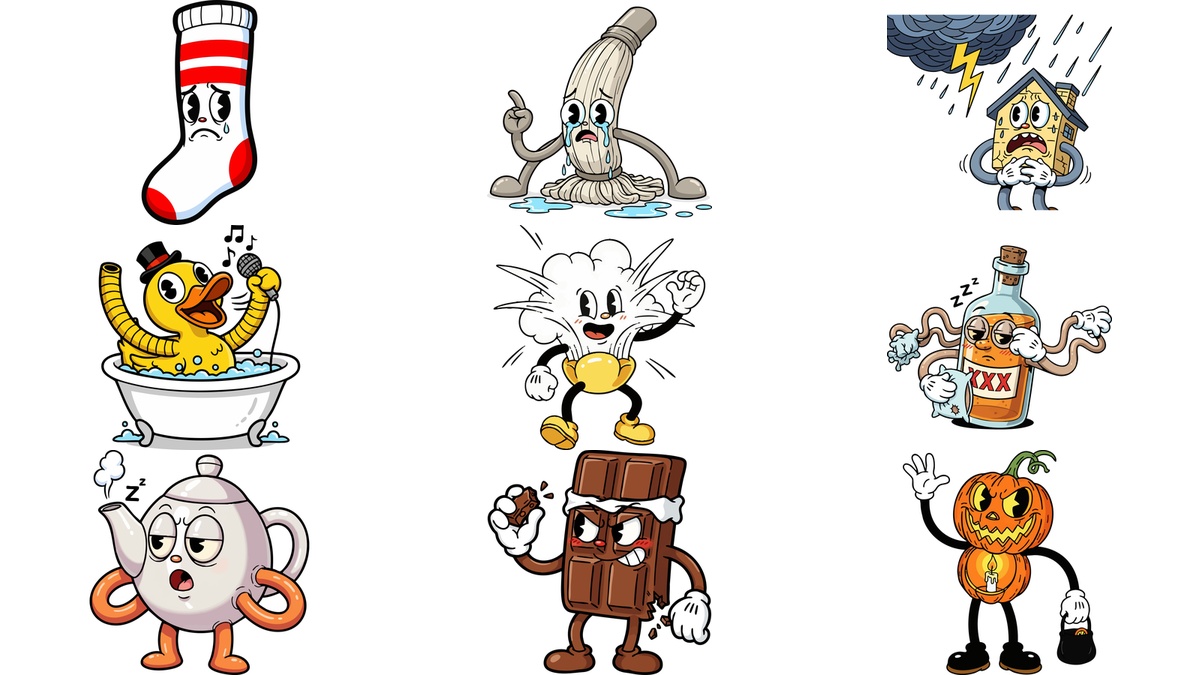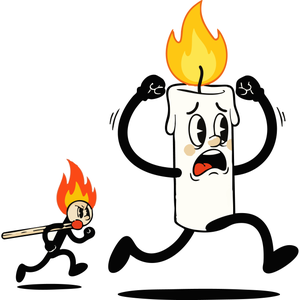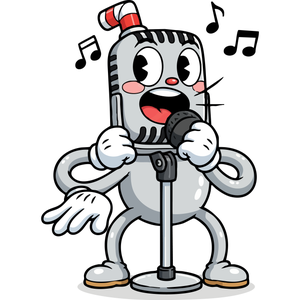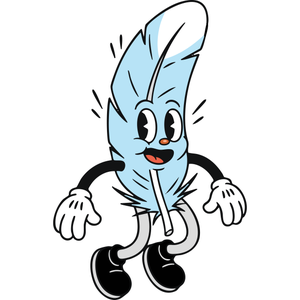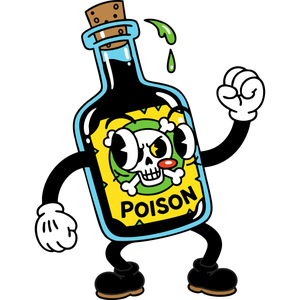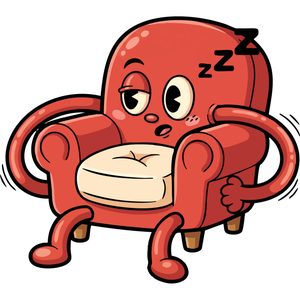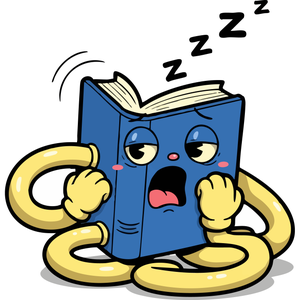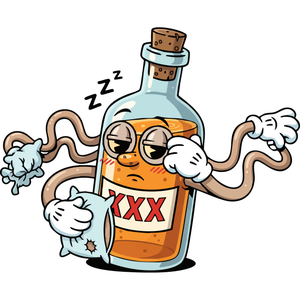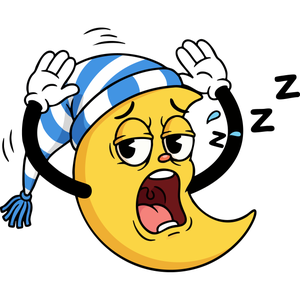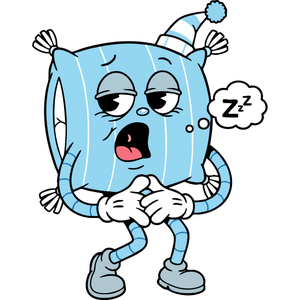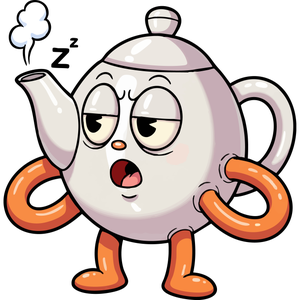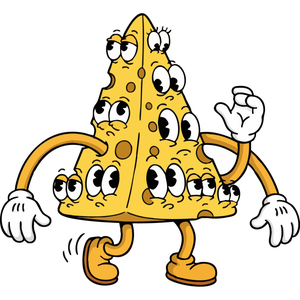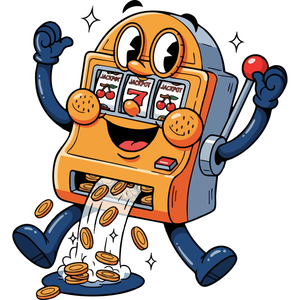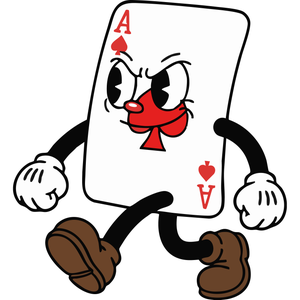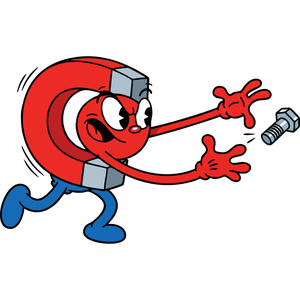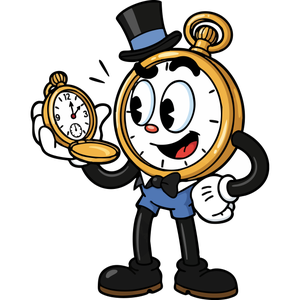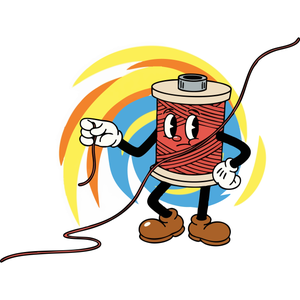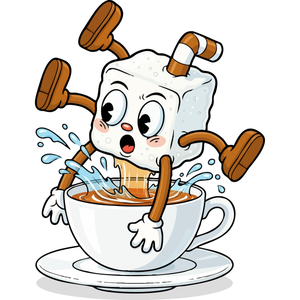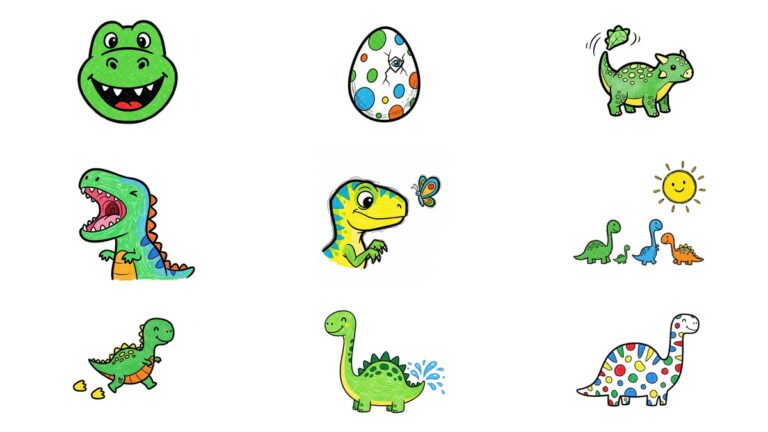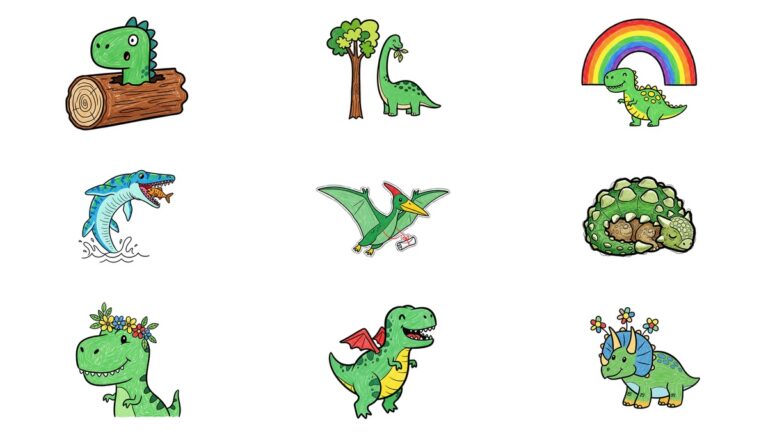An Animated Journey to the 1920s: What Is Rubber Hose Style?
Rubber hose is a charming and iconic style that originated in the golden age of American animation in the 1920s. As the name suggests, its most defining characteristic is that characters’ limbs bend and stretch freely as if they were boneless ‘rubber hoses.’ This style maximized the fun of movement and rhythm over realistic expression, breathing life and joy into early animation.
Part 5: Icons of an Era – The Stories of Betty Boop and Early Mickey Mouse
With the dawn of the sound film era, the rubber hose style reached its zenith. This period saw the birth of two great stars who symbolized the age: Mickey Mouse, who became the emblem of the Disney empire, and Betty Boop, who represented the free spirit of the Jazz Age. These two characters captivated the public with their distinct charms, and their stories reflect the social and cultural currents of the time.
Mickey Mouse: The Benevolent Face of an Empire
Mickey Mouse was, in fact, a character born out of desperation. After Walt Disney lost the rights to his first star, ‘Oswald the Lucky Rabbit,’ to his distributor, he and Ub Iwerks created Mickey in a determined effort to bounce back. The early Mickey, who rose to stardom through, was quite different from his later gentle and exemplary image. He was a mischievous and sometimes even rough character, perfectly suited to the unpredictable energy of the rubber hose style.
Mickey’s popularity was immediate and explosive. He soon became the face of the Disney Company and had the honor of being the first animated character to receive a star on the Hollywood Walk of Fame. His cultural impact was proven once again on January 1, 2024, when the copyright for the version of Mickey expired. Immediately upon expiration, a flood of horror films and games featuring him as the protagonist emerged, demonstrating how deeply a character can be rooted in popular culture for nearly a century.
Betty Boop: The Jazz Age Flapper That Censorship Couldn’t Handle
If Mickey Mouse was a symbol of popular appeal, Betty Boop was the provocation of the era itself. She originally started as an anthropomorphic poodle, the girlfriend of a dog character named ‘Bimbo,’ but her explosive popularity led to her being reborn as a human and headlining her own series.
Betty Boop is considered animation’s first sex symbol. The combination of a short dress, a garter worn on her leg, an innocent face, and a mature body perfectly embodied the image of the Jazz Age ‘flapper’. Her animations were clearly aimed at an adult audience, filled with collaborations with top jazz musicians of the day like Cab Calloway and Louis Armstrong, surreal imagery, and sexual innuendo.
However, her free-spiritedness did not last long. In the mid-1930s, with the introduction of a strict pre-censorship system in the American film industry known as the ‘Hays Code,’ Betty Boop became a prime target. The censors took issue with her overt sexuality, and Fleischer Studios was forced to modify the character. Betty’s skirt was lengthened, her neckline was raised, and the garter disappeared. Her personality also transformed from an independent and sassy flapper to a submissive housewife or career woman. These changes stripped Betty Boop of her unique charm, eventually leading to a decline in her popularity.
Betty Boop’s forced transformation is powerful evidence that animation was not just simple entertainment but a field where social anxieties and cultural conflicts fiercely clashed. If the pre-censorship Betty symbolized the liberated new woman of the Jazz Age, the post-censorship Betty was the visual embodiment of the conservative backlash of the Great Depression era and the social pressure to confine women to the domestic sphere. Her body and her story were, quite literally, the canvas on which the cultural wars of 1930s America were fought.
[ Ad code will be inserted here ]

